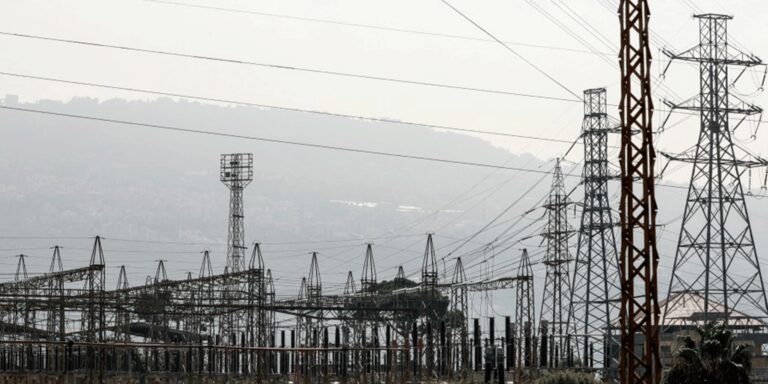Humanity is now living on loans from Planet Earth. Our debt to our planet has reached astronomical levels. We have already consumed all the available resources for 2019.
According to the Global Footprint Network (GFN), which determines the Earth Overshoot Day, (EOD) greenhouse emissions have exacerbated this dearth, further threatening humanity’s livelihood. On 30 July 2019, mankind consumed all of the Earth’s production, and we are now daily draining the planet’s natural resources to be able to make it till the end of the year.
To cover the deficit in nutritional needs, humankind will need two other planets. Montreal-based newspaper “Le Devoir” says that if humans continue to consume the way Canadians do, we will run out of the world’s annual resources as soon as 18 March, and would need the equivalent of five planets to supply the required food.
This gap reflects the disparity between our lifestyle and consumption patterns and the earth’s limited resources. According to GFN, merely replacing 50% of meat with a plant-based diet is sure to delay overshoot by 15 days. Meat production and livestock breeding emit a great deal of methane gas, one of the main causes of global warming.
On the other hand, decreasing carbon dioxide emissions by 50% would delay overshoot by 93 days. Carbon emissions from burning fossil fuels amounts to 60% of total anthropogenic GHG emissions.
The Earth’s resources have first been exceeded during the seventies when the EOD happened in December.
A country like Iraq, for example, consumes all the food it produces by the first week of December, while resources in a country like, say, Qatar will hardly be sufficient for the first 40 days of the year.
One week after GFN’s report, the Intergovernmental Panel on Climate Change (IPCC) published a study on 7 August 2019, titled “Climate Change and Land.” The study, part of a series tackling climate change, was conducted by over a 100 world scientists and comes at a time where heat waves have struck at an unprecedented rate, affecting not only vulnerable regions, but also North America, Europe, all the way to the North Pole, where the severe European heat wave caused more than 12 billion tons of ice to melt in Greenland alone, and in one single day: 1 August 2019.
The report addresses, among others, land use and sustainable land management in relation to food security. As grain production increased by 240% since 1961, available data show that global population growth and the changes in per capita consumption of food, feed, fiber, timber and energy have caused unprecedented rates of land and freshwater use with agriculture accounting for 70% of water use which poses a great burden on biological and ecosystems.
This human-induced degradation of land hampers the Earth’s role in protecting its natural ecosystems, being both the source and the disposal place for GHG, in addition to its essential role in the exchange of energy, water and aerosols between its surface and the atmosphere. Overexploitation threatens biodiversity and makes terrestrial ecosystems liable to extreme climate change events, from heat waves and droughts, to floods on various scales.
A country like Iraq, for example, consumes all the food it produces by the first week of December, while resources in a country like, say, Qatar will hardly be sufficient for the first 40 days of the year
In this context, some types of food hurt the Earth more than others. For example, one kilogram of red meat produces 33 kilograms of greenhouse gases; in comparison with one kilogram of vegetables or fruits, which produces only 0.06 kilograms of greenhouse gases.
Data from 1961 shows the per capita supply of vegetable oils and meat has more than doubled and the supply of food calories per capita has increased by about one third. On the other hand, 25-30% of total food produced is wasted. This poses an additional burden on water resources.
Changes in consumption patterns have contributed to about 2 billion people now being overweight, while one other billion are undernourished.
According to the IPCC, 25% of the Earth’s land deterioration is man-made, with soil erosion from agricultural fields dramatically increasing. Climate change exacerbates land degradation, particularly in low-lying coastal areas, river deltas, drylands and in permafrost areas.
The report indicates that, over the period 1961-2013, the annual area of drylands in drought has increased by more than 1% every year, with variability from one year to another. Most affected by drought and desertification are South and East Asia, the Sahara region including North Africa, and the Middle East, including the Arabian peninsula.
To mend this tremendous gap between food and freshwater demand, and what the Earth can supply, we need sustainable management of resources, ecological and biological systems, which could mitigate land deterioration and other harmful effects.
Just as importantly, we need to change our consumption patterns and decrease fossil fuel burning by 45%, making it compulsory to switch to renewable energy if we are to save our planet before it is too late.
This article is translated from this source.






